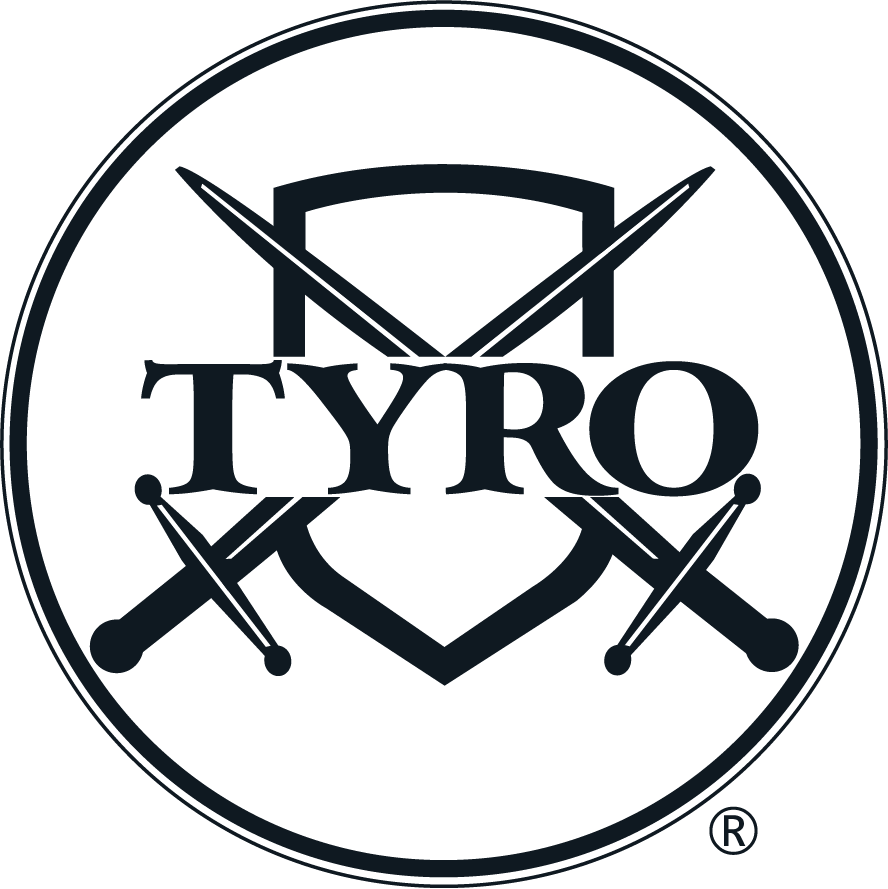Regardless of where you are in the business food-chain, effective communication can be a struggle. We all have heard a co-worker or business partner express frustration over someone not being transparent, authentic, or even vulnerable.
In fact, most of the complaints heard on the factory floor, in the cubicle next to you, in board meetings, or in the break-room stem from a lack of one or all of those three traits.
Wikipedia defines Communication as ”the act of conveying intended meanings from one entity or group to another through the use of mutually understood signs and semiotic rules.” Communication is not just a personality trait, it is a skill that can be learned.
Some people are naturally good communicators while others have a hard time getting their point across. Regardless of how you view yourself, applying these three traits will begin to change the culture you work in and improve your relationships.
Successful Leaders Are Great Communicators: how to connect with your employees
To be an effective leader and run a high-performing company, you need to be great at communicating with your employees. After all, when employees are well informed and feel included in company strategies and activities, they are more productive and engaged – and all of your stakeholders (especially your customers) benefit.
Effectively communicating with your employees doesn’t necessarily require you to command an audience like a rock star or give a TED-worthy presentation. Great communicators genuinely connect with company workers in ways that not only inform employees, but increase trust between the c-suite and the front lines.
Here are three ways to strengthen your connection with employees, too, and become a better communicator in the process.
-
Be transparent.
At its core, transparency is a pretty simple concept: You commit to employees that you will share what you can, when you can. And then you do it, consistently, especially in regard to the most buzzed-about company topics like organizational changes or product innovations. The key is to give employees a steady drumbeat of communication and easy-to-use channels where they can offer their input and feedback.
To be clear, being transparent doesn’t mean opening the information floodgates. Employees don’t want every detail about the most tactical activities and processes, communicated at equal volume and priority. Even in a transparent environment, you still need to set and follow a communications strategy, filtering your messages by audience, relevance and timing.
And keep in mind, there will always be information you can’t and won’t communicate, because of confidentiality or financial-disclosure regulations. When you can’t be transparent with employees, be sure you tell them the reason.
-
Be authentic.
Transparency is about WHAT you communicate, and authenticity is HOW you communicate. Some leaders communicate the way they believe leaders “should” share information – buried in loads of industry jargon delivered behind a formal podium.
Masking your authenticity places artificial barriers between you and your audience, and removes your ability to play to your strengths. If you’re more comfortable in small-group settings, skip the all-company town hall and hold a series of employee coffee chats instead. At your best in casual, online discussions with employees? Supplement your strategy with regular messages to employees via internal social media.
Always play to your strengths as a communicator. You will deliver more effective messages while authentically connecting with your audience.
-
Be vulnerable.
It’s a difficult moment for a leader: an employee stands up in a meeting or Q&A session and asks THE tough question. “Why did this strategy fail?” or “How are you going to fix this?” These moments test a leader, and the best communicators answer in the most straightforward and truthful way possible: “I made a mistake” or “We simply don’t know yet.”
Many leaders try to avoid appearing weak or unknowledgeable, so they dodge the question or avoid the uncomfortable moment altogether. But it’s always better to hit a topic head-on. In fact, start the meeting or memo with it: “I know you’re all probably wondering …”
This level of honesty goes hand-in-hand with transparency and authenticity, and will go a long way to establish trust between you and your employees.
Original article from http://www.greatleadershipbydan.com/ authored by Jennifer Rock and Michael Voss, co-owners of ROCKdotVOSS Communications.
Searching for a highly effective, award-winning communication program? Click here to see how we can help!


